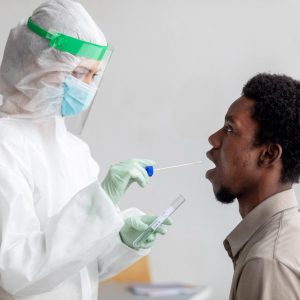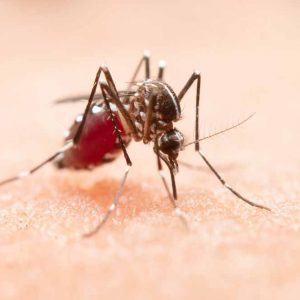Water, a life-sustaining resource, is essential for human survival and development. However, in many parts of the world, access to clean and safe water remains a challenge. Water-borne diseases, caused by various pathogens and contaminants present in water sources, pose a significant threat to public health. This blog explores the impact of water-borne diseases, highlights common types and their symptoms, delves into their causes and transmission routes, and provides actionable solutions to mitigate the risks and ensure a healthier future for all.
1: Understanding Water-Borne Diseases
Water-borne diseases encompass a range of illnesses caused by microorganisms such as bacteria, viruses, and parasites that contaminate water sources. Among the most prevalent water-borne diseases are cholera, typhoid fever, dysentery, hepatitis A, and giardiasis. These diseases are primarily contracted through the ingestion of contaminated water or food prepared with contaminated water.
2: Symptoms and Impact on Public Health
Water-borne diseases exhibit a diverse array of symptoms, ranging from mild gastrointestinal discomfort to severe dehydration, organ failure, and even death. Common symptoms include diarrhea, vomiting, abdominal pain, fever, fatigue, and jaundice. The impact of these diseases is particularly devastating in developing countries with limited access to clean water and proper sanitation facilities. The World Health Organization estimates that water-related diseases account for millions of deaths annually, with children being the most vulnerable.
3: Causes and Transmission Routes
Understanding the causes and transmission routes of water-borne diseases is crucial for effective prevention. Contaminated water sources, inadequate sanitation infrastructure, and poor hygiene practices are the primary drivers of these diseases. Industrial pollution, agricultural run-off, and inadequate wastewater treatment further contribute to water contamination. Additionally, water-borne diseases can spread through person-to-person contact, contaminated food, or by ingesting water from sources contaminated with fecal matter or other pathogens.
4: Mitigating the Risks
Efforts to combat water-borne diseases require a multi-faceted approach. Improving access to clean water and promoting proper sanitation practices are fundamental steps. Investments in water treatment technologies, such as filtration systems and chlorination, play a vital role in ensuring water safety. Educating communities about proper hygiene practices, such as handwashing, and implementing effective waste management strategies are equally important. Collaboration between governments, non-profit organizations, and communities is essential to achieving sustainable solutions.
Conclusion
Water-borne diseases continue to pose a significant threat to public health worldwide, particularly in regions where access to clean water and sanitation infrastructure is limited. By understanding the causes, symptoms, and transmission routes of these diseases, we can take proactive measures to mitigate their impact. Through concerted efforts to improve water quality, promote hygiene practices, and invest in appropriate infrastructure, we can safeguard public health, reduce mortality rates, and foster a healthier future for all. Remember, every drop counts in the fight against water-borne diseases.















